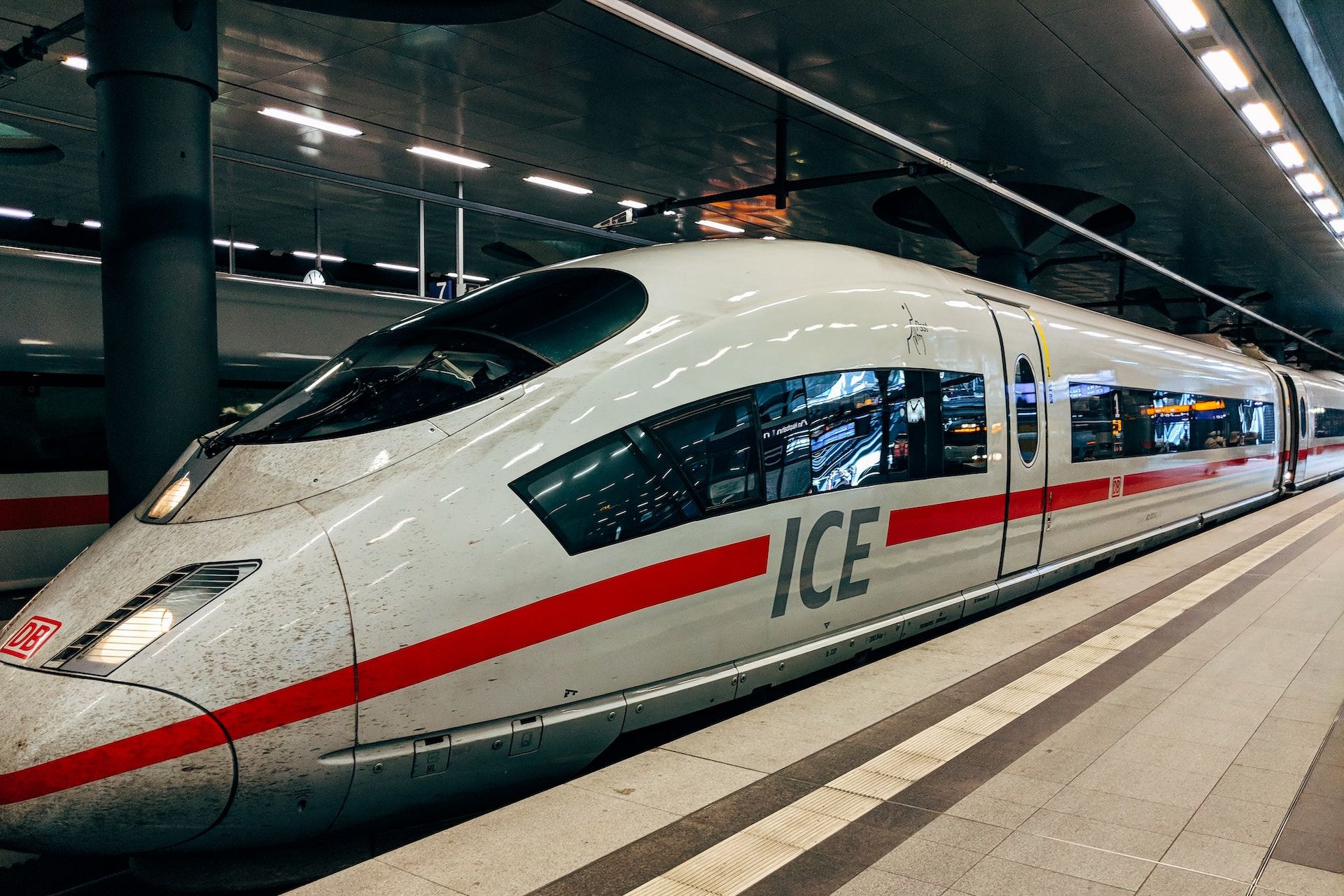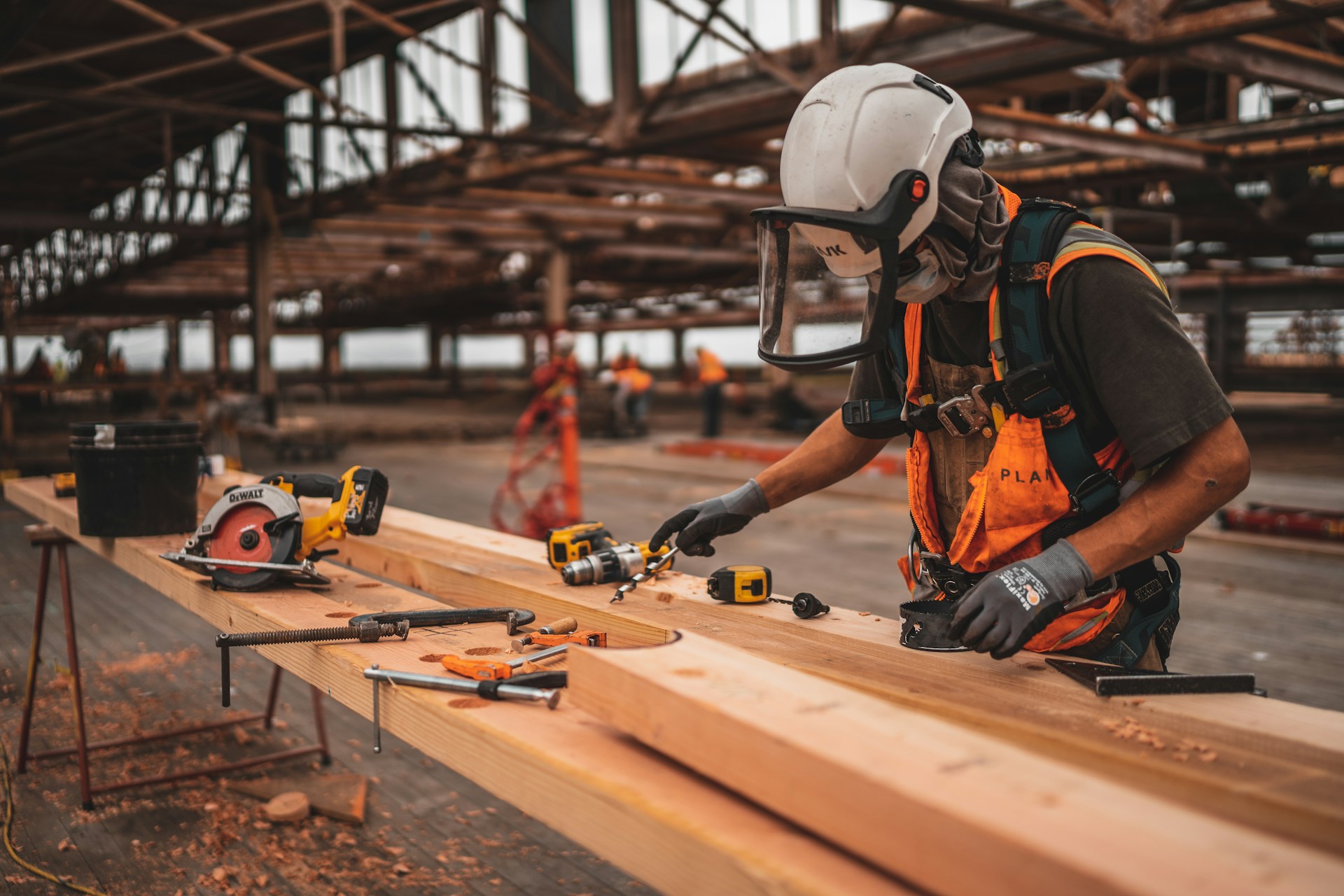
Is Hyperloop Transportation Technology Safe?
August 1, 2023 - Revolutionized Team
Revolutionized is reader-supported. When you buy through links on our site, we may earn an affiliate commission. Learn more here.
Hyperloop transportation technology may be the future, but is it safe for passengers? It’s been ten years since Elon Musk launched buzz about a theoretical transportation system called the hyperloop. Despite significant research and development, the world has yet to see one of these in action. Would a real hyperloop be safe to ride in, or are other rail systems better for passengers?
How Hyperloop Transportation Technology Works
Hyperloop transportation technology has become a staple of visions of the future. It promises lightning-fast travel at a low cost. How does a hyperloop work, though?
Contrary to popular belief, Elon Musk did not invent hyperloop transportation technology. He popularized the idea of vacuum tube transportation, which various engineers and inventors have worked on since 1845. Over the years, vacuum tube transportation has proven unfeasible due to cost and technological barriers.
In 2013, Elon Musk revived the idea and proposed a form of vacuum tube transportation using the principles of pneumatic tubes and air hockey tables. Musk’s proposal has become the foundation for a new renaissance in hyperloop development by numerous startups, transportation companies and academic research teams.
Musk’s hyperloop uses tubes almost completely devoid of air. Minimizing air by having the tubes at a near-vacuum reduces friction and, by extension, the energy needed to move the train at high speeds.
Inside the tube go compact pods for passengers or cargo. The pods have perforated metal “skis” underneath them for gliding along in the tube. At the front of each pod is a high-power electric compressor that pumps air toward the back of the pod, sending it through the perforated skis. This creates a “cushion” of air for the pod to glide along, much like the puck on an air hockey table.
It’s important to note that a hyperloop is different from a maglev train, which uses powerful magnets to “levitate” train cars. The hyperloop uses air instead of magnets, although both technologies are designed to eliminate the track friction conventional trains experience.
Potential Hyperloop Safety Risks
Is hyperloop transportation technology safe? This is an important question to consider before supporting hyperloop development projects, let alone riding on one. Any type of transportation comes with some amount of risk. For instance, over 2 million Americans were injured in passenger vehicle traffic accidents in 2021.
On the surface, hyperloop transportation technology may look much safer than cars, buses or planes. Single pods are sealed in tubes with no intersections or opportunities for freak collisions. The tubes are raised above the ground, eliminating the risk of pedestrian accidents. They’re not thousands of feet in the air like planes, though.
High Speed, High Risk
Despite its potential advantages, hyperloop transportation does have some serious risks. These are largely due to hazards inherent in the technology itself. For example, even a minor leak or crack in a tube could compromise its near-vacuum and grind tubes to a halt. Even if the tubes themselves had emergency exits, passengers would need to climb down from the pylons or be stranded in the tubes.
Additionally, low air pressure, near-vacuum tubes themselves could pose a risk. For passengers to be able to breathe in a hyperloop, the pods would need to be sealed and pressurized with air. If the seals or internal air supply on a pod somehow failed, exposing passengers to the near-vacuum of the sealed tube, there could be a risk of suffocation due to lack of oxygen.
Modern hyperloop designs propose pods that can move at well over 700 miles per hour, covering thousands of miles in 30 minutes or less. While this is certainly convenient, it does increase the risk of freak accidents.
For instance, an earthquake would be much more dangerous to a hyperloop on raised pylons moving at 700 mph than it would be to a conventional rail train. Since the hyperloop pod is moving faster, it has more momentum that can potentially be deadly if the tube is compromised, the pod is derailed or some other accident occurs.
Pod Design
The design of hyperloop pods themselves can also be questionable. The pod design in Musk’s original 2013 proposal is just 6 feet high and about 4.5 feet wide. Passengers stay seated for the entire journey. Notably, there is no bathroom on the pods. This design could be highly claustrophobic for many people.
The lack of a bathroom is even more concerning since high-speed hyperloop transportation could easily cause severe motion sickness, particularly while going around bends. What if there is a medical emergency on the pod? There is no way to get up and help others to retreat to a bathroom until the hyperloop ride is over.
Luckily, this particular set of risks is easily remedied with new pod designs. By making hyperloop tubes a little bigger, pod size could be increased to include an aisle and a bathroom. This would reduce claustrophobia and provide a facility that’s vital for many potential medical needs of passengers.
Hyperloop Compared to Other Rail Systems
Hyperloop transportation technology definitely has risks, but is it any more dangerous than other rail systems? There were 2,194 railroad collisions in 2022, leading to 274 fatalities and 803 injuries. To put that data into perspective, there are hundreds of millions of passenger train journeys in the U.S. every year. So, the risk of experiencing a rail accident is low.
The hyperloop’s main safety advantage over conventional rail systems is its speed. Since hyperloop pods are moving so fast, the time spent on a single journey is very low. Someone can travel from Los Angeles to San Francisco in about 35 minutes rather than spending hours on a car, bus, plane or regular train.
Low-duration journeys reduce the risk of accidents for passengers by reducing their exposure to risk factors. The speed of the train itself poses a risk compared to conventional rail travel, but it is somewhat balanced out by the fact that the passenger is spending much less time on the hyperloop.
Additionally, hyperloop tubes themselves offer a slight safety advantage compared to above-ground rail and maglev trains. By putting hyperloop pods in sealed tubes, they are completely sheltered from various weather conditions such as rain. Severe weather can still pose a risk, but everyday hazards due to normal weather patterns could largely be avoided.
Hyperloop vs High-Speed Rail
However, there is one big logistical disadvantage with hyperloop transportation technology: it isn’t compatible with existing rail infrastructure. The high speed of a hyperloop requires tracks that are mainly perfectly straight lines or long curves. Existing infrastructure is not built for this type of movement. As a result, hyperloops are very expensive to develop and build.
High-speed rail is the main competitor with the hyperloop in this regard. HSR is compatible with current infrastructure and based on well-known technology, making it relatively safer than the untested hyperloop. It is also less expensive to develop HSR transportation since conventional railways can be converted into HSR lines.
Is Hyperloop Transportation Technology Safe?
Hyperloop transportation technology is still largely untested, but presents some serious risks worth considering. The nature of the technology itself poses some inherent risks that are difficult or impossible to eliminate completely.
The hyperloop has some safety advantages over other rail systems but is somewhat less feasible than high-speed rail. The hyperloop may be ideal for freight transit, while high-speed rail provides passenger transportation.
Revolutionized is reader-supported. When you buy through links on our site, we may earn an affiliate commission. Learn more here.






